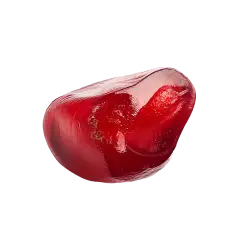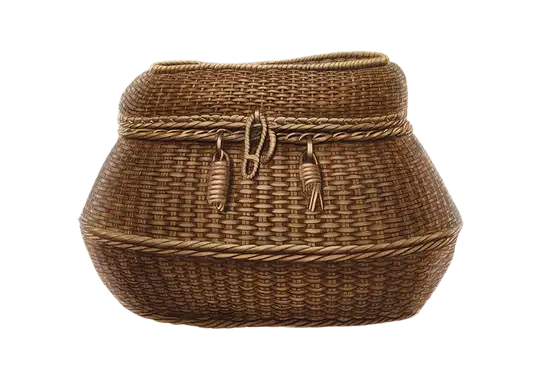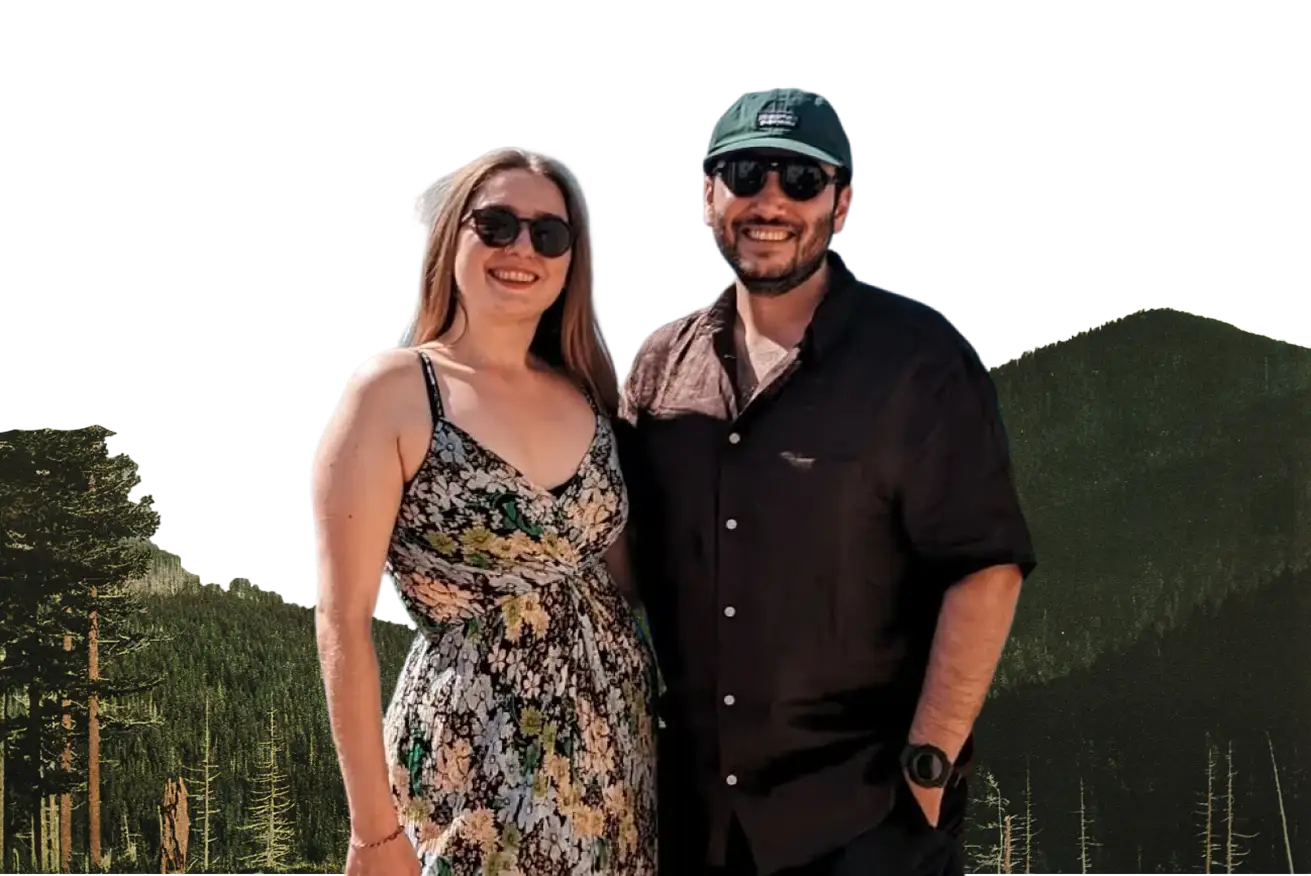In the heart of Southeast Turkey, close to the Syrian border and looking out towards the ancient lands of Mesopotamia, lies Şanlıurfa, a city more widely and historically known simply as Urfa. This is a place where stories thousands of years old are not just remembered, but feel like a living part of its modern daily life. Urfa is famously called the "City of Prophets," its identity deeply connected to Abraham (a key figure respected in Judaism, Christianity, and Islam). Here, profound spiritual history doesn't just exist in quiet holy sites; it meets the lively, sensory experience of a bustling Middle Eastern market culture, creating a unique and compelling atmosphere.
We arrived in Urfa aware of its ancient and sacred reputation. Beyond the well-known legends, like that of Abraham and the sacred fish of Balıklıgöl, we wanted to understand how this deep spiritual importance connects with Urfa's long history as a cultural crossroads – a place where Turkish, Arabic, and Kurdish influences have mixed for centuries. This is our exploration of Urfa, a city where ancient faith is a tangible, daily experience, and where every spice-scented breeze seems to tell of its complex, layered identity.
The sacred heart: Abraham's story in stone and water
Urfa’s very soul is tied to Abraham (known as İbrahim in Turkish), a key figure respected in Judaism, Christianity, and Islam. According to a rich and deeply believed local tradition, Urfa is his birthplace and the location of one of his most dramatic moments. The story tells of a powerful king named Nimrod, who worshipped many gods. Angered by Abraham's teachings about one God, Nimrod ordered Abraham to be thrown from the city's ancient hilltop fort (citadel) into a huge fire. But as Abraham was falling towards the flames, a divine miracle happened: the fire turned into water, and the burning logs turned into fish. This is the traditional origin story of Balıklıgöl, the Pool of Sacred Fish.
Today, this pool is the calm, beautiful centre of a large park, shaded by trees and surrounded by the graceful Halil-ur-Rahman and Rizvaniye Mosques, built during the Ottoman Empire (a vast empire that ruled much of the Middle East and parts of Europe for centuries). The water, clear and cool , is filled with thousands of carp (a type of fish). These fish are considered sacred; no one would ever harm them, and visitors and locals alike enjoy feeding them. Nearby, inside the Mevlid-i Halil Mosque complex, a small cave is honoured as the place where Abraham was born.
atching the people around these sites – families enjoying a day out, individuals praying quietly, groups of pilgrims (people on a religious journey) from far away – it’s clear this is much more than just a tourist spot. This is a place of active religious practice, a real link to a story that has shaped major world religions. The very atmosphere seems filled with this long history, a sign of the lasting power of stories that connect a community to a very ancient, shared past.
The Bazaar's Lively Embrace: A Mix of Spices, Crafts, and Cultures
If Balıklıgöl is Urfa's spiritual centre, then its historic covered bazaar (Kapalı Çarşı) and the busy network of market streets around it are its lively, beating heart. To step from the quiet of the sacred pools into this maze-like world is to enter a tradition of buying, selling, and social life that goes back centuries. Here, Urfa's character as a cultural crossroads – a historic meeting point for influences from the Mesopotamian plains, the Levant (countries along the eastern Mediterranean like Syria and Lebanon), and inner Anatolia – comes alive in a way that you can see, smell, and hear.
The strongest smell is often that of spices. Isot pepper, Urfa's famous deep-red, smoky chili flake, is piled in fragrant heaps next to sumac (a tangy spice), cumin, and a great variety of local herbs used in cooking and traditional medicine. In the coppersmiths’ alley, the rhythmic ting-ting-ting of hammers hitting metal is a constant sound, as artisans shape shiny trays, detailed coffee pots (called cezveler), and household items. This is a craft passed down from parents to children for many generations. Stalls are overflowing with colourful textiles, beautifully patterned headscarves, hand-carved wooden spoons, and fragrant blocks of local soap.
This is not just a place to buy and sell; it's a social centre. We remember seeing shopkeepers sharing tea, talking and laughing loudly, their interactions a daily sign of community. The bazaar is where the city’s diverse cultural influences are most clearly mixed together.
And the food – Urfa's cuisine is a famous example of this cultural blend. Strongly influenced by Arabic and Kurdish cooking traditions while also including Turkish elements, it is known for its bold flavours and special ways of preparation. The legendary çiğ köfte (traditionally a raw, spiced minced meat dish, though today often made with bulgur wheat for safety and wider appeal – imagine a very flavourful, spicy vegetarian patty), the intensely tasty liver kebab (ciğer kebabı), and delightful sweets like şıllık (a thin pancake soaked in syrup) are not just dishes; they are like edible stories of how different cultures came together. Each bite seems to carry the history of this land, a place where different tastes and traditions met and mixed.
Echoes of Edessa: A City with Many Layers of Time
Urfa's modern energy is built on foundations of great age. Known in ancient Greek and Roman times as Edessa, it was an important city long before its connection with Abraham became its most famous story. It was a stronghold of the Seleucid Empire (a Greek kingdom founded after Alexander the Great's conquests, ruling much of the Middle East from about 312 BCE to 63 BCE). Later, it became a Roman colony (a settlement established by Rome in a conquered territory) and a vital eastern frontier of the Roman Empire. Edessa was also an early and important centre of Syriac Christianity (an ancient branch of Christianity with its own distinct traditions and liturgical language, Syriac, which is related to Aramaic). Later still, it became a significant city under Arab and then Ottoman rule. Each period of history has left its mark, adding to the city's deeply layered heritage.
This depth isn't always obvious in big, separate monuments. Instead, it's often seen in the way historical influences are subtly mixed into the living city. While Turkish is the official language, you often hear Arabic and Kurdish spoken in the streets and markets. This clearly shows the region's diverse population and its lasting cultural connections to the wider Middle East. This mix of languages is also reflected in local music, with its special melodies and rhythms, and in social customs that show a rich, blended inheritance. This all contributes to an atmosphere that feels noticeably different from many other Turkish cities – an authentic borderland identity, strong and deeply rooted.
Urfa is not a city stuck in the past. It is a place where ancient faith supports a lively present, where the smell of spices mixes with the conversations of a thriving community. Its identity, created over thousands of years by prophets and pilgrims, traders and artisans, conquerors and believers, is a powerful example of how a city can hold onto its deepest roots while continuing to grow and adapt. The lasting spirit of Urfa truly lies in this very blend – its ability to be a sacred site and a bustling marketplace, a keeper of ancient traditions and a home to a lively, evolving culture.
.svg)




